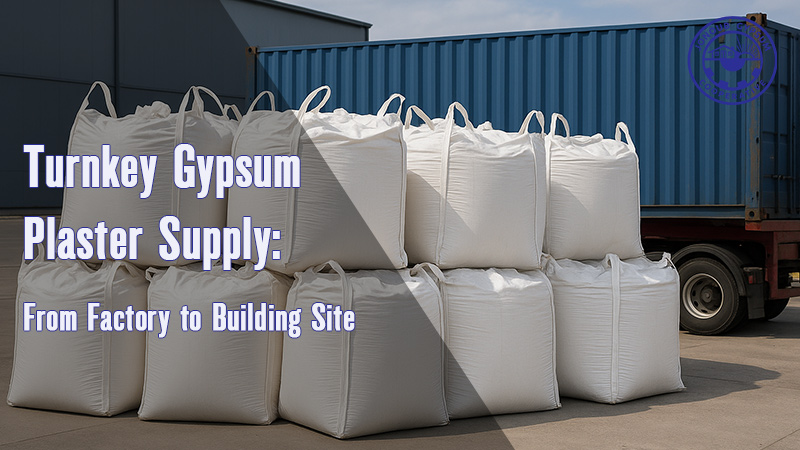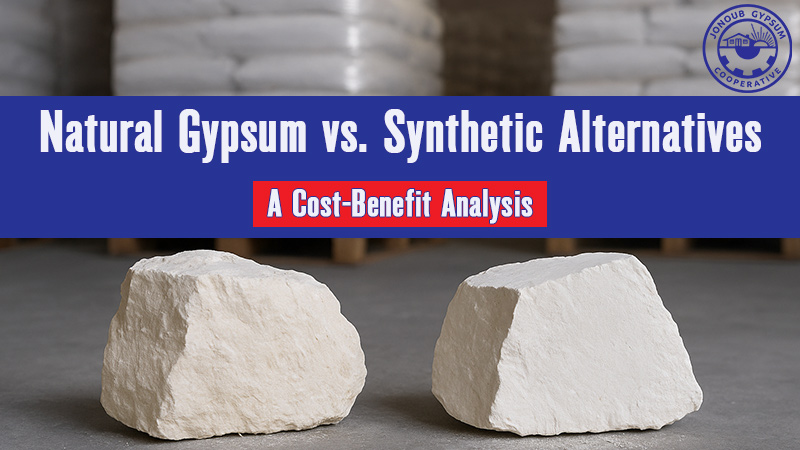using gypsum in building

Gypsum is a versatile material widely used in construction due to its unique properties and ease of application. To effectively utilize gypsum in building projects, it must first be prepared by mixing it with water. This process involves several steps to ensure the best results.
Preparing the Gypsum Mixture
- Mixing Process:
- Begin by pouring the desired amount of gypsum powder into a clean container.
- Gradually add water to the gypsum powder. It is crucial that the ratio of gypsum to water is proportional; this ensures that the mixture achieves the right consistency for application.
- A common ratio is typically about 2 parts gypsum to 1 part water, but this can vary based on specific project requirements.
- Achieving Initial Grip:
- Once the water is added, mix thoroughly until the gypsum and water are fully combined. The mixture should reach a creamy consistency without lumps.
- Allow the mixture to sit for a short period until it reaches its initial grip or setting point. This is when it begins to harden but is still workable.
Application Techniques
- Applying Gypsum:
- Use a trowel to apply the gypsum mixture onto the desired surface.
- For optimal results, move the trowel diagonally across the wall. This technique ensures that only the edge of the trowel contacts the surface, allowing for a smoother finish and reducing the likelihood of imperfections.
- Controlling Thickness:
- By adjusting the amount of mixture applied and using different angles with the trowel, you can achieve your desired surface thickness. This flexibility makes gypsum an excellent choice for various applications, from simple wall coverings to more complex architectural features.
Benefits of Gypsum Mixtures
- Whitewashing and Surface Covering:
- The mixture of gypsum and water is often employed for whitewashing buildings or covering soil surfaces due to its ability to create a bright white finish. This aesthetic quality not only enhances visual appeal but also reflects light, contributing to energy efficiency in buildings.
Producing Gypsum Mortar
- Incorporating Clay:
- To produce gypsum mortar, clay is added to the gypsum-water mixture. The proportions of gypsum and clay are typically equal; however, adjustments can be made based on how quickly you need the mortar to set.
- If a faster setting time is required, use less clay; conversely, if a slower setting time is preferred, increase the amount of clay in the mix.
- Heat Generation:
- An interesting characteristic of this mixture is that it generates heat upon combining with water—up to 20°C higher than the ambient temperature. This property can be particularly advantageous in colder environments, as it helps prevent freezing during application.
Conclusion
In conclusion, understanding how to properly mix and apply gypsum plays a crucial role in achieving high-quality results in building projects. Whether used for whitewashing or as part of a mortar mix with clay, gypsum offers numerous benefits that enhance both functionality and aesthetics in construction applications. By following these guidelines and techniques, builders can ensure successful outcomes while maximizing the advantages of this remarkable material.







